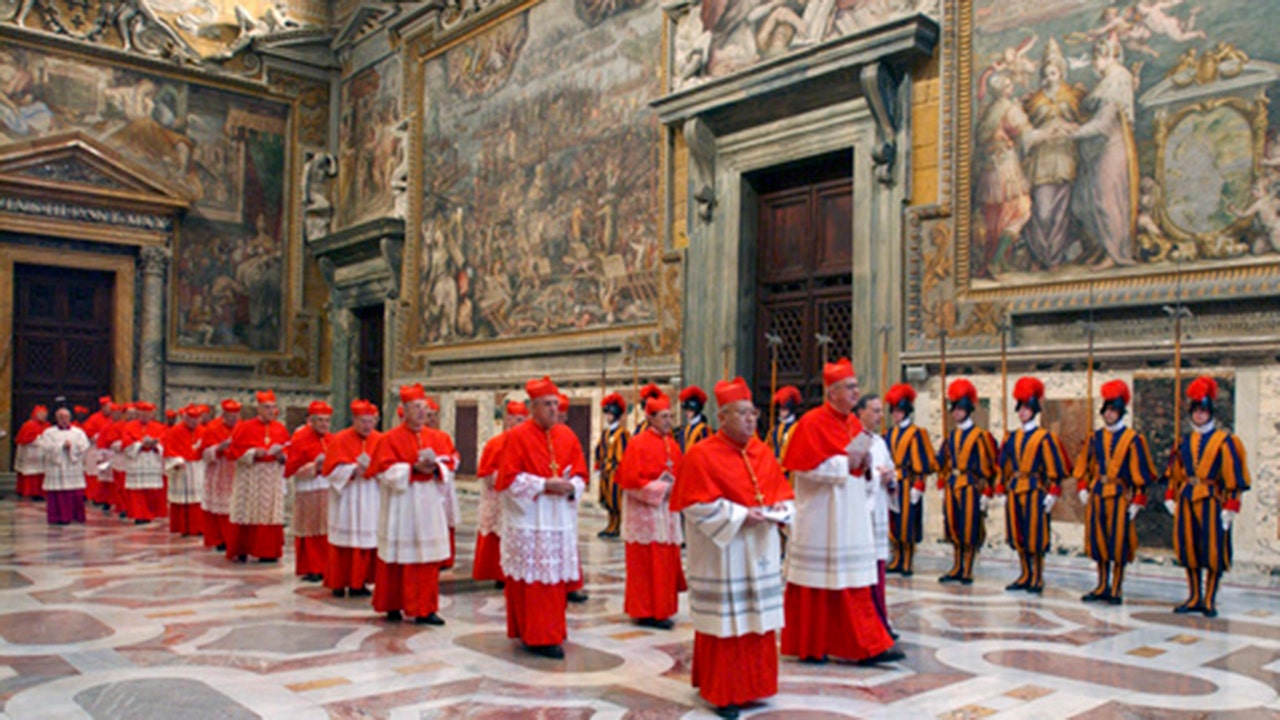What is the papal conclave: Inside the ancient process of choosing the next pope

Following the death of a pope, the Catholic Church embarks on the ancient electoral process known as the “papal conclave” to select its next leader. This process, in practice since at least 1276, brings together the church’s top bishops, known as the College of Cardinals, from all corners of the globe. While there are over 240 cardinals currently, only those under the age of 80 are eligible to participate in the conclave, with the number of cardinal electors capped at 120.
During this time, most prefects of Vatican offices lose their positions, except for a select few such as the foreign minister and the master of liturgical ceremonies, who play crucial roles in organizing the conclave. The conclave itself takes place within the Vatican’s iconic Sistine Chapel, where the cardinals are sequestered in strict isolation to prevent any outside influence from affecting their decision-making process. The very term “conclave” stems from the Latin “con clavis,” meaning “with key,” underscoring the locked-up nature of the deliberations.
A sense of urgency permeates the conclave, with the cardinals casting their initial vote on the first day of the proceedings. Subsequent voting rounds occur at least twice daily until a new pope is chosen, ensuring that the church does not remain leaderless for an extended period. While the prevailing custom in the modern Catholic Church is for a pope to be selected from among the cardinals themselves, historical precedent shows that this was not always the case.
The conclave typically commences with a special Mass in St. Peter’s Basilica, where the cardinals invoke the guidance of the Holy Spirit. The voting process itself involves a secret ballot, with each cardinal writing their choice on a piece of paper and depositing it in a chalice placed before Michelangelo’s renowned fresco of the last judgment, symbolizing the gravity of their responsibility.
A two-thirds majority vote is required to elect a new pope, with the diverse viewpoints and global origins of the cardinal electors ensuring a broad spectrum of perspectives. Following each round of voting, the ballots are burned, with black smoke signaling the absence of a decision and white smoke indicating the selection of a new pontiff.
Upon receiving the requisite two-thirds majority, the chosen cardinal is asked by the dean of the College of Cardinals if they accept the position. If they agree, they then select their papal name, as Cardinal Jose Mario Bergoglio did when he became Pope Francis – the first pope to choose this name. The announcement of the new pope is heralded by the senior cardinal proclaiming “Habemus papam!” – “We have a pope!” – with the newly elected pontiff offering his first blessing to Rome and the world.
In conclusion, the papal conclave stands as a time-honored tradition within the Catholic Church, steeped in history and ritual, yet adapting to the contemporary challenges and dynamics of the modern world.




